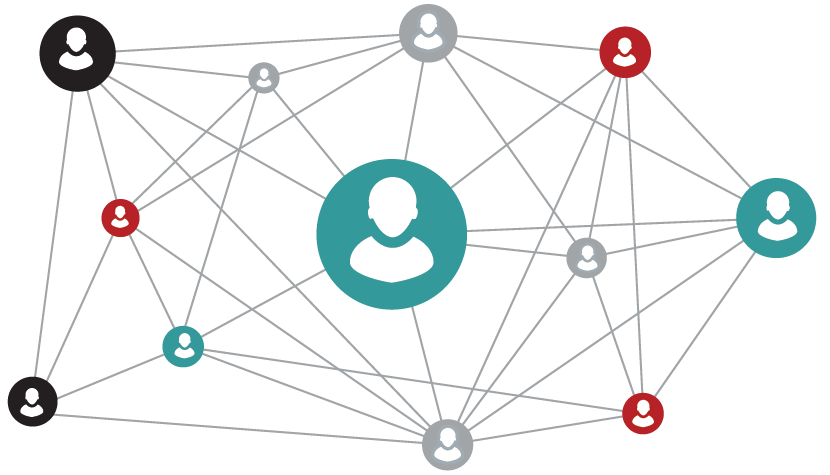
This week the social justice movement ignited by the police killing of George Floyd, Breonna Taylor, Rayshard Brooks, and too many others, has shifted. Calls for racial justice are unfolding across all dimensions of life in America. From #BlackInTheIvory and #WeSeeYouWAT movements, corporate leaders ousted across industries, confederate monuments toppled, to the dictionary changing its definition of racism – structuralized racism is being dismantled brick by brick.
Now that the fervor of the protests has cooled and Juneteenth is upon us, companies are grappling with next steps and realistic business constraints. The overarching trend is that companies are taking time to reflect and learn about how large and deep of a problem racial inequity is while taking steps to educate their employees in the short-term and make meaningful, long-term internal changes. Some are feeling overwhelmed, some are wondering how business can return to normal, and many are forging ahead to support equity and inclusion within their company.
WHAT WE ARE HEARING
Here’s what we are hearing about what’s happening in our organizations right now.
DUAL PRESSURES Many companies are struggling with the dual pressures to “return to normal business operations” and to continue to respond to the Black Lives Matter (BLM) movement. For instance, one company shared that marketing that is ‘business as usual’ (e.g., normal Instagram ads) are being called tone deaf or insensitive, even if that same company is also posting ads that support BLM. Another organization that requires onsite work is struggling to balance employees’ right to protest (free speech) with the negative consequences on operations due to mandatory shelter in place orders.
SEPARATE TO CENTRAL There’s a growing understanding among companies that I+D is not separate from other parts of the business. Increasingly organizations are evaluating how to build I&D goals and metrics into their culture, processes, and overall strategy. This includes evaluating how leaders are selected, how talent is developed, and how every employee is expected to drive increased I&D throughout the organization.
TAKE THE LONG VIEW Some companies are also grappling with the need to act quickly to meet this historical moment and support their employees, while also making sure that this speed does not come at the expense of implementing durable changes. Many people leaders are feeling rushed to provide quick solutions, but as one noted, “This problem is not new, the solution is not going to come in a month.”
WHAT IS HAPPENING
Here’s what organizations across the country are doing right now.
PAUSE FOR REFLECTION Many businesses are taking time to pause, learn, and reflect. Some are holding listening forums with employees and employee resource groups. Others are honoring Juneteenth by educating employees. A couple companies are hosting fireside chats with historians and I&D practitioners to learn about Black history in the US.
SPEND TIME ON STRATEGY Because systemic inequalities are complex, practitioners are encouraging organizations to, yes, make commitments to change but to also take time to thoughtfully strategize on the specific next steps within the company.
PRIORITIZATION OF I&D Many companies that cut I&D budgets or paused on I&D due to Covid-19 are now making I&D a top business priority. Some companies are creating new I&D roles to carry the momentum of this moment into strategy and execution. One CEO announced hiring their first ever Head of I&D and has appointed himself interim in the role until the hire is made. Another company that had paused on an inclusive culture assessment reignited the work this week, adding company-wide training on anti-racism and allyship: “We want to make sure this isn’t just a fleeting moment.” Another leader said, “I’m hoping this sticks, that I&D is business leadership.”
PROVIDING SIMPLE RESOURCES QUICKLY With all the uncertainty, employees are asking for direction. Companies are responding with easily-shared resources, such as a 1-pager with tips for how to talk about racism and links to social justice nonprofits. Others are making small changes to existing ongoing workshops to address the current context.
POLICY CHANGES Many companies are honoring Juneteenth as a company closure holiday. Others are expanding PTO sick days to include mental and emotional needs/well being along with physical health needs.
DISRUPTING BIAS Some companies are taking steps to disrupt bias by removing names and faces from candidate portfolios. One organization has implemented a reminder to hiring managers and recruiters to list their potential biases before they make evaluations. One leader said, “We are trying to figure out an effective way to run parity [equity] audits – there isn’t an easy way to do it right now, so it’s a big lift.”
OPEN QUESTIONS WE ARE HEARING
- How do we balance our employees’ rights to protest (free speech) with our need for onsite meetings and the negative operational impact of requiring 2 weeks of quarantine after individuals participate in in-person protests?
- How do we return to “normal business operations” without insensitivity to the current climate?
- Do we provide unconscious bias, allyship, or anti-racism training? What approach to these training is appropriate and effective?
TAKING CONTINUED ACTION
We at Forshay are committed to sharing what we learn, as we learn it. We are committed to convening passionate leaders, leading edge researchers/scientists, and innovative diversity and inclusion practitioners to share insights and actions. We invite you to join the conversation. Contact us at info@forshay.com.






